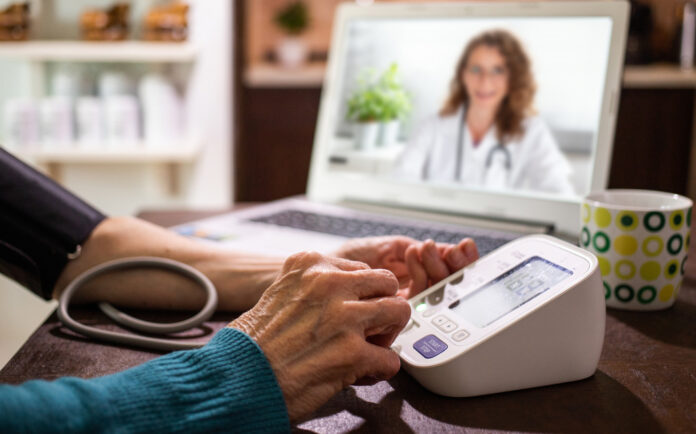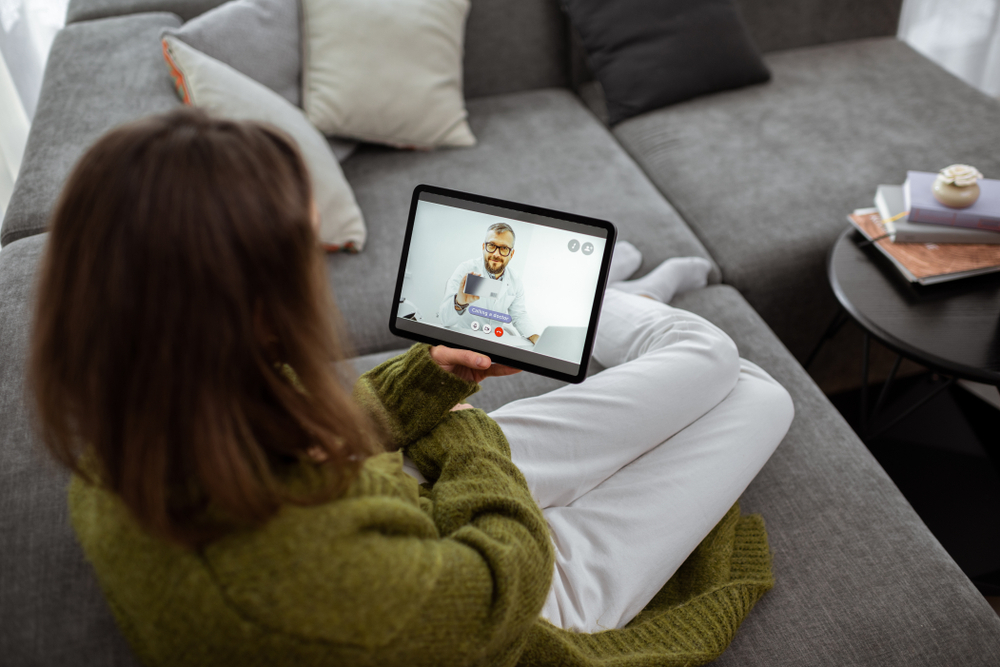The healthcare industry is changing, and mobile technology is leading the way. A whopping 75% of all trips to the doctor, urgent care center, and ER are either unnecessary or could be handled promptly and comfortably by phone or video.
One of the most exciting changes in the healthcare industry is the rise of telehealth. Telehealth allows patients to consult with doctors and other healthcare professionals remotely, using video conferencing or email. This way, patients get the care they need without having to leave home, and it also saves the healthcare system money.
Another exciting change in the healthcare industry is the increasing use of mobile technology. Mobile devices, such as smartphones and tablets can get used to monitoring patients’ health vitals, send reminders for medications, and even provide diagnostic support.
The future of healthcare is in mobile technology and telehealth, and these changes are revolutionizing the way we think about healthcare.
The Rise of Mobile Apps
Mobile apps are also playing an increasingly important role in healthcare. There are now applications for everything from prescription drug tracking to wound care management. These apps allow patients to manage their health care and provide doctors with real-time data on patient health. Smart gadgets can get employed for the smooth operation of the healthcare lifecycle, not just for the benefit of patients and medical personnel.
Last but not least, 50 million Americans would be prepared to switch family doctors if they had access to video visits. The future of healthcare is looking very bright, thanks to the advent of mobile technology.
How Mobile Technology Gets Used Today for Bettering Healthcare
There are now countless mobile apps that allow you to track your health data, such as your heart rate and blood pressure. You can also use apps to find the nearest hospital or pharmacy or to book appointments with doctors and dentists.
Mobile technology also gets used to provide telehealth services. It involves using video conferencing and other digital technologies to provide healthcare services from a distance. All of this allows patients to receive treatment from qualified professionals without leaving their homes. Almost 90% of customers who used telehealth video conferencing were happy with the service.
What are Some Examples of Telehealth Applications?
There are numerous types of telehealth applications, but some of the most common are video conferencing, telephone consultations, and email consultations.
Video conferencing is a way to connect with a healthcare provider in real-time. You can see and hear them, and they can see and hear you. 75% of people would use it to visit a doctor they know well. It is an effective option for people who live far away from their healthcare providers or who have mobility issues.
Telephone consultations are just like video conferencing but without video. It is a good option for people who do not have access to a computer or who do not feel comfortable using one.
Email consultations are a way to get help from a healthcare provider without ever having to speak to them on the phone or see them in person. You can send them your questions, and they will respond with answers.
How Will Telehealth Change Healthcare in the Future?
As mentioned previously, telehealth is a term used to describe the use of technology to provide healthcare services remotely. It could include services like remote diagnosis, teleconsultation, and telemedicine. With a projected annual growth rate of 15.1%, the telehealth sector is expected to be valued $155.1 billion by 2027.
There are many ways in which telehealth can improve healthcare. For example, telehealth can help improve access to healthcare services for people who live in rural areas or have difficulty getting to the doctor’s office. It can also aid in cutting expenses while simultaneously enhancing the standard of treatment patients get.
Final Words
Telehealth video conferencing is the future of healthcare. It is already changing how patients and doctors communicate, and it is only going to get better. With the help of mobile technology, telehealth has become convenient, and efficient. All while providing a level of care that is as good as – or even better than – traditional in-person visits.
With mobile technology, you have the power to manage your health. If you are not using telehealth yet, now is the time to start. It is affordable, it is effective, and it is changing the way we think about healthcare. Try it out and see for yourself how great it is!







